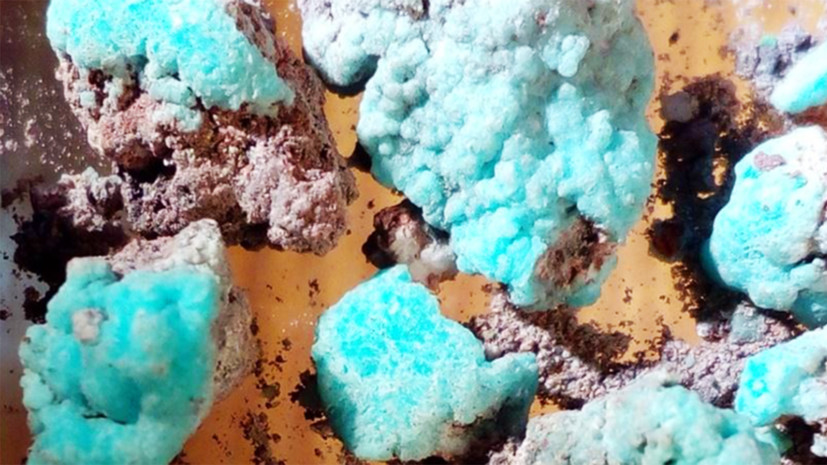A research group led by Professor Stanislav Filatov from St. Petersburg University (SPbSU) discovered a new mineral petrovite in Kamchatka.
The unique structure of petrovite makes it suitable for use as a cathode for batteries.
The study is published by Mineralogical Magazine.
For 40 years, Professor Stanislav Filatov and his team have been studying minerals on Kamchatka fumaroles - outlets of hot steam and gas on the surface of volcanoes that formed after two major eruptions of the Tolbachik volcanic massif in the 1970s and 2010s.
The new mineral petrovite consists of oxygen atoms, sodium sulfur and copper atoms, which form a porous framework.
Its voids are interconnected by channels through which relatively small sodium atoms can move.
Thanks to this structure, petrovit conducts ions well and can be used as a cathode material for sodium-ion batteries, the researchers say.
In their opinion, in the near future for these purposes it is possible to synthesize a compound with a similar structure.
“Today, the biggest problem for such use is the small amount of a transition metal - copper - in the crystal structure of the mineral.
Perhaps it can be solved by synthesizing a compound with the same structure as petrovit in the laboratory, ”said Professor Filatov.
The study of the composition of petrovite was carried out by a team of scientists from the Institute of Volcanology and Seismology of the Far Eastern Branch of the Russian Academy of Sciences, the Institute of Silicate Chemistry named after I.V. Grebenshchikov, St. Petersburg State University and the Kola Scientific Center.
The researchers named the find in honor of their outstanding colleague, scientist-crystallographer and professor of St. Petersburg University Thomas Georgievich Petrov, who, together with his students, was the first in the world to create a technology for growing jewelry malachite.

